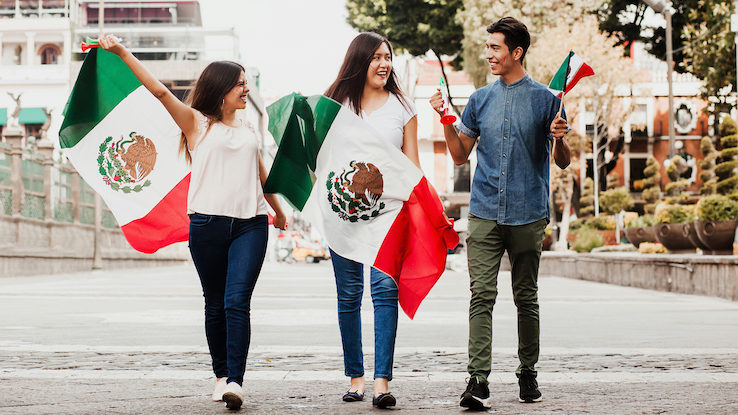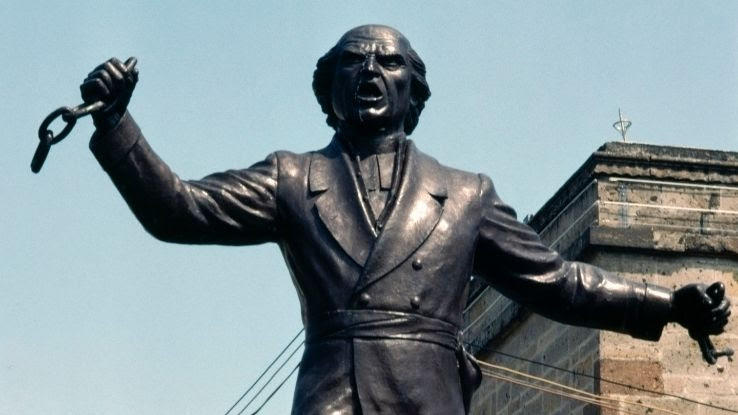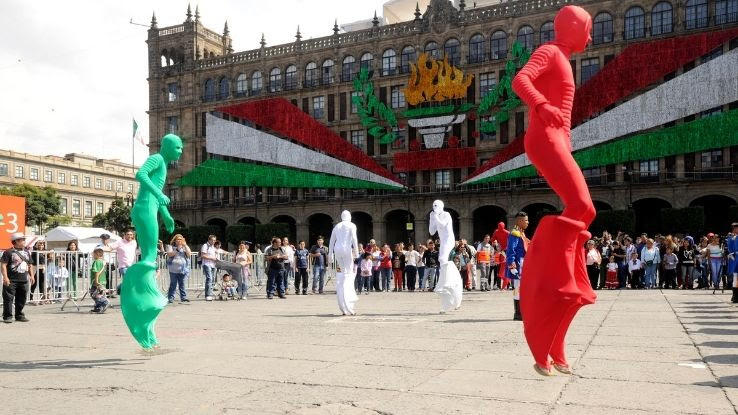Understanding the History of Mexico’s Independence Day

It’s September 16, 1810, and calls for independence are stirring across Dolores, a small town in the center of Mexico. It’s the start of an 11-year-long fight with Spain, a fight for Mexican independence. The man who started it all, Don Miguel Hidalgo y Costilla, had enough of the oppressive conditions Spanish colonial authorities were forcing Mexico’s Indigenous population to live under, and he galvanized the people of Dolores with a rousing speech to fight for their freedom.
Hidalgo’s initial act of rebellion may have begun at a small church gathering, but it quickly grew into the Mexican War of Independence — a conflict that eventually saw Mexico seize back its sovereignty from Spain. To commemorate the speech that sparked a revolution, September 16 is now recognized as Mexican Independence Day. But there’s much more history and progress that went into this fight for independence.
The Story of Mexican Independence Day

In the early 1500s, Spanish soldiers and explorers invaded Mexico and eventually established rule after defeating the Aztec Empire. Many members of the area’s Indigenous populations were captured and forced into slavery, which ultimately lasted for over 300 years. During this time, the territory under Spanish control was known as the Viceroyalty of New Spain.
After living under Spanish subjugation for centuries, Indigenous groups living throughout the territory had been growing increasingly dissatisfied with their political and social circumstances. It was the early 1800s, and Hidalgo was serving as a priest in the village of Dolores. After performing Mass in the early hours of September 16, 1810, Hidalgo was informed by a conspirator that Spanish authorities were aware various groups had been discussing independence — and those authorities were planning a crackdown. Hidalgo was prepared to take action.
A few hours after midnight, Hidalgo began ringing the bells of the Dolores church. Parishioners and workers gathered, lured by the peals ringing out across the small town. As the crowd grew, Hidalgo delivered what would come to be known as the “Grito de Dolores” (“Cry of Dolores”). While the exact words of the speech have been lost to time, the “Grito de Dolores” ultimately served as a call to action for the townspeople to take up arms and begin fighting for their independence from Spanish rule. And they did — Hidalgo’s speech marked the beginning of the Mexican War of Independence, a decade-long series of struggles that continued gaining momentum until Indigenous fighters eventually overthrew the Spanish government in 1821.
Mexican Independence Day in Mexico and Around the World

Although Mexican Independence Day doesn’t mark the end of the revolts or the date when Mexico fully achieved independence from Spain, it does commemorate “a major victory in [the country] becoming its own nation” — a victory that’s widely celebrated today. On the eve of the holiday every year, Mexico’s president reenacts Hidalgo’s call to arms by standing on a balcony of the National Palace, ringing a bell, and delivering a speech reminiscent of the “Grito de Dolores.” The event concludes with spectators yelling “Viva Mexico!”
Throughout the country, people celebrate the official holiday with street parties, parades and traditional folk dancing. Hidalgo is honored with a military march that ends at his memorial in Puebla’s Plaza de la Concordia. Outside of Mexico, people of Mexican heritage often gather to celebrate in consulates or embassies. Los Angeles, Chicago and New York all celebrate by throwing parades and festivals, and Las Vegas even holds its own three-day El Grito festivities, which typically showcase prolific Mexican artists.
Mexican Independence Day vs. Cinco de Mayo

One of the most common misconceptions that come along with Mexican Independence Day is that people assume Cinco de Mayo is the holiday that commemorates Mexican independence. However, it’s important to note the difference between the two — they have entirely different meanings despite the fact that they both mark Mexican victories against European colonialism.
Cinco de Mayo took place on May 5, 1862, and commemorates the Mexican army’s victory over France at the Battle of Puebla. This conflict took place during the Franco-Mexican War, during which France attempted to invade the country and establish a sphere of influence that pushed the Mexican government to adopt political policies favoring France.
Cinco de Mayo represented a struggle against imperialism as regional differences kept Mexico divided. The Battle of Puebla was one of many steps in unifying Mexico’s identity as a country. At the time the French army was considered one of the best in the world, and the victory clearly displayed Mexico’s resilience, strength, and pride.
Although it lasted only a day, the Battle of Puebla represents an important victory for Mexico in the face of a foreign power. But it took place 50 years after Mexican Independence Day and differs greatly from September 16. Mexican Independence Day is a vital celebration of self-determination and an enduring reminder to fight for freedom — and it remains an important event that shaped Mexico into the country it is today.





